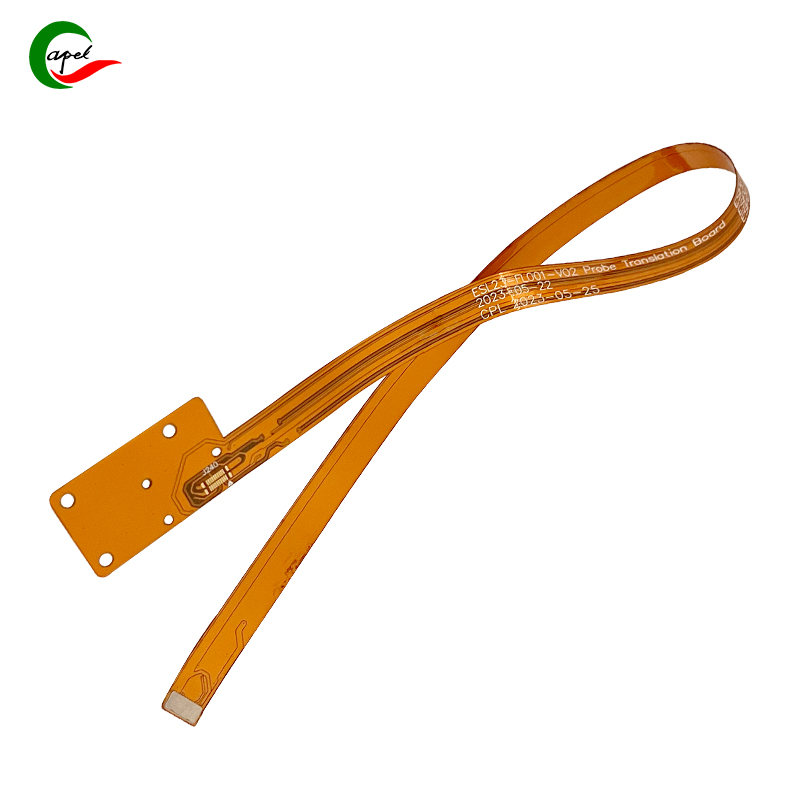In this blog post, we’ll dive into the importance of flexible circuit board processability and explore how it affects its performance and applications.
Flexible circuit boards, also known as flexible PCBs, have revolutionized the field of electronics with their unique properties and huge potential. These boards offer flexibility, reliability, and versatility, making them ideal for a variety of applications. Among the many characteristics that determine the performance of a flexible circuit board, a key aspect is its processability.
Processability refers to the ease with which a flexible circuit board can be manufactured, assembled, and integrated into electronic devices. It covers a variety of manufacturing techniques, materials and design considerations that directly impact the quality and functionality of the final product.
The processability of flexible circuit boards plays a vital role in determining overall manufacturing efficiency and cost-effectiveness. By carefully selecting the right materials and design processes, manufacturers can optimize the production and assembly of these boards, reducing time and cost. Efficient manufacturing processes enhance scalability and increase productivity, making flexible circuit boards more accessible and affordable to various industries.
One aspect of processability that significantly affects the performance of a flexible circuit board is its ability to withstand thermal stress. Flexible PCBs are usually used in environments with high temperatures or rapid temperature changes. If the circuit board material does not dissipate heat effectively, the performance of the circuit may be affected, leading to potential failure or failure. Therefore, selecting materials with high thermal conductivity and designing appropriate cooling mechanisms are critical to ensuring the long-term reliability of flexible circuit boards.
Another key factor related to the processability of flexible circuit boards is their dimensional stability. Flexible PCBs are often subjected to bending, twisting and other mechanical stresses, which can lead to deformation or even failure if the material is dimensionally unstable. Manufacturers need to choose materials with lower coefficients of thermal expansion (CTE) to minimize dimensional changes due to temperature fluctuations. This ensures that the circuit remains intact and functional even under extreme mechanical conditions.
Additionally, the compatibility of the materials used in flexible circuit boards with various manufacturing technologies is an important aspect of processability. Manufacturers use a variety of methods, such as additive or subtractive processes, to create circuit patterns and traces on these boards. The choice of materials must be consistent with the specific manufacturing technology used to ensure optimal results. For example, if a material isn’t suitable for a specific manufacturing technique, it can lead to problems such as poor adhesion, delamination and even circuit failures.
In addition to manufacturing considerations, the processability of flexible circuit boards also affects their assembly and integration into electronic devices. As electronic devices continue to become smaller and more compact, the ability to seamlessly integrate flexible circuit boards has become critical. Designers and manufacturers must ensure that circuit boards can be easily connected to other components or devices, allowing for efficient assembly and reducing the possibility of errors or defects.
Achieving optimal processing performance of flexible circuit boards requires a multidisciplinary approach involving materials science, manufacturing technology and design considerations. We continue to invest significant research and development efforts to improve the processability of these boards, enabling their adoption in a wide range of applications.
In short, the processing performance of flexible circuit boards is a key factor in determining their performance and applications. The boards’ ability to withstand thermal stress, dimensional stability and compatibility with manufacturing technologies are all important factors in producing reliable and fully functional flexible PCBs. By continuously enhancing the processing capabilities of flexible circuit boards, we can unlock their full potential and drive further advancements in electronics and technology.
Post time: Sep-22-2023
Back







